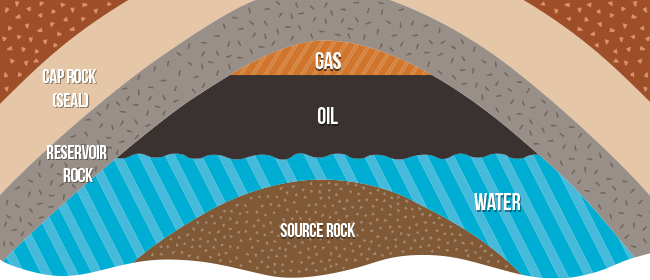Rocks That Trap Gas Experiment
Print this page to do an interesting experiment about the rock formations that allow natural gas to collect underground.
Materials
- Sand
- Clay
- Two 8 oz. wide-necked glass jars or beakers
- 16 oz. of water in a measuring cup
- Magnifier
Directions
Feel the sand and clay with your hands. How do they feel different from each other?
Use your magnifier to examine the sand and clay. What differences do you see?
Fill one jar almost full to the top with sand and the other almost full to the top with clay. Are the jars full? What do you think will happen if you add water to them?
Fill each jar to the top with water. Where does the water go?
Analysis
In order for natural gas to accumulate underground, there needs to be porous rock for the gas to seep into (called reservoir rock), and a layer of very dense rock (called cap rock) above the reservoir rock to keep the gas from leaking to the surface. Which of your jars behaves like reservoir rock? Which behaves like cap rock?

Further Research
Do some library or Internet research to find out more about the different layers of rock beneath the earth’s surface.

